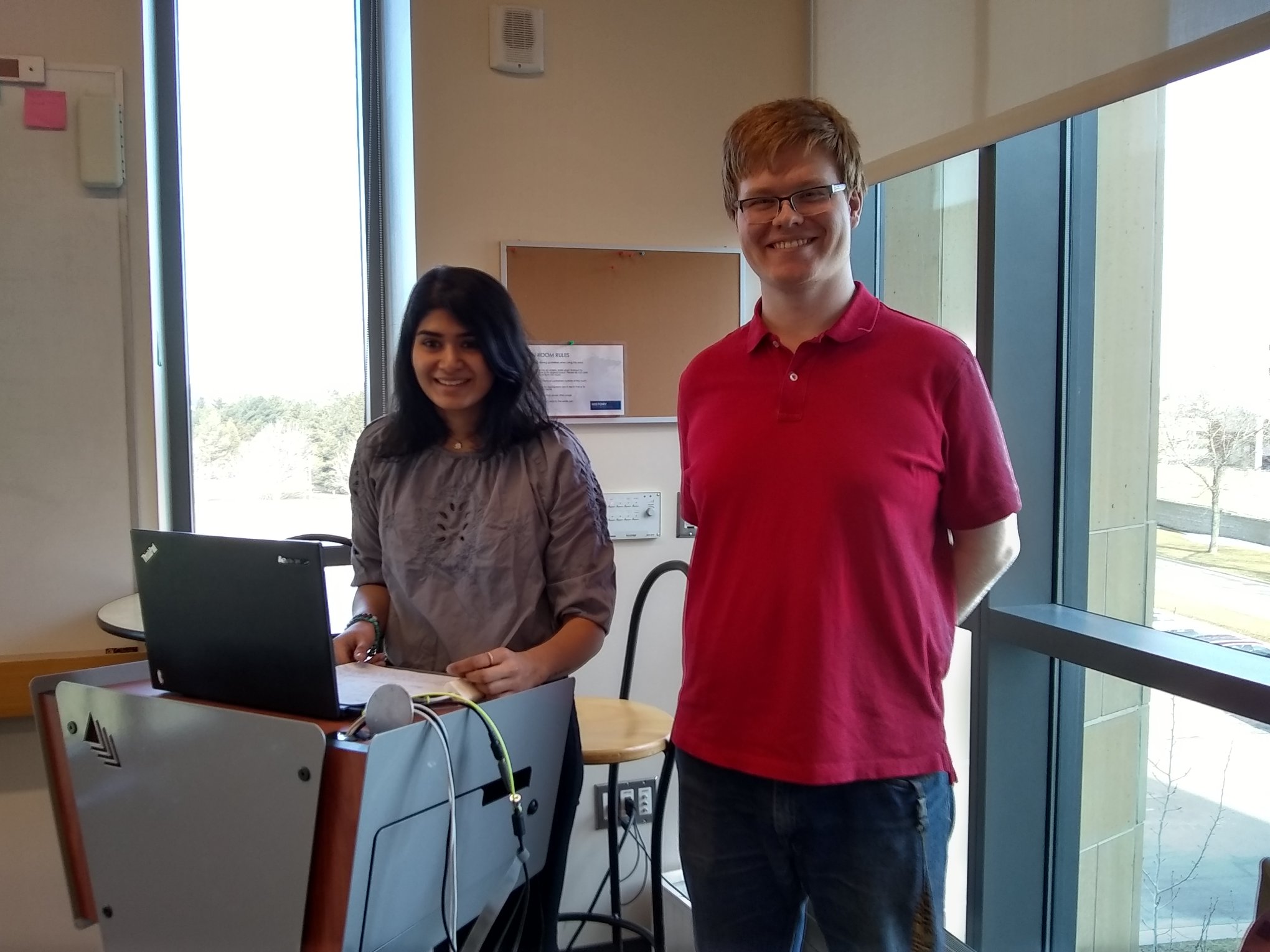Note: The following post was created by History Department Lund-Davis academic assistants who researched the history of the department in the Gustavus College Archives. Photos by Ayushi Kalyani. Text by Adam Johnson.
Everything, ultimately, has a history. Rocks, people, nations, ideals; if there is information, you can track things back to their ultimate origins (though as a warning, science still hasn’t gotten that far!). A history department, therefore, should be no different, and indeed it is not. The Gustavus History Department also has a history, and like all history, it tells us a great deal about the department, what it stands for, what its purpose has been.
The department was not always known as History, of course; though history has always been part of the curriculum here at Gustavus, originally our ‘department’ bounced between different names as it was combined with others: History, Geography and Political Science, History and Economics, History and Political Science, History and Government. This was because of the fact that in the early days, individual professors taught multiple subjects, and as such those subjects were often combined; if an individual taught both poli-sci and history, we got History and Political Science, as an example. It was only in 1943, the same year in which our Major was introduced, that we were solidified permanently as an independent department: History.

The History Department started out with 1-2 faculty, and has since grown to an average of 8-9, depending on visiting professors. Our offerings have proportionally grown. When the college was young, there were 7 courses which were offered: History of Rome, Medieval History from 476 to 1492, Swedish History, Modern History, History of the United States, Oriental History (Ancient Near East), and Grecian History. What do you see in these courses? Enough classics courses to make you think we were mislabeled? Perhaps you aren’t wrong, but more than that, you can see the traditional offerings of higher education: Western Civilization-focused, with an emphasis on heritage (Sweden, Rome, Greece). Nowhere here is there a course on Asia, Africa, or women’s studies. This reflects the time in which the college was founded; the late 1800s and early 1900s focused on a very certain image of western civilization, and higher education perpetuated it.
Now, when you look at the offerings posted in the catalog sent out to prospective students each year, the department offers an average of around 45 different courses, though not all offered in the same academic year. Latin American history courses were added to our curriculum in 1945, while East Asian courses were added in 1977. Women as a historical focus were incorporated into the department in 1987, while Africa was finally inaugurated properly into our ranks in 1999. As our society has moved forward and incorporated previously neglected groups, so too has the discipline of history, and our department as a whole.

Our major program has also seen similar evolution. Originally requiring courses in European and American history, there has been a slow evolution towards building a more rounded and comprehensive view of history within our graduates; the history seminar (our senior research course) was added in 1978, while in 1996 HIS-200 was added. In 2013, in response to the more balanced curriculum and courses the department had created, the major was further reworked to require history majors to learn about multiple continents, as well as requiring courses in pre-1800, Race/Class/Gender/or social experience, and global connections. These changes were made to ensure that regardless of their future focus, history graduates would have a broad and well-rounded assessment of global history, not an aggrandizement of one particular culture or heritage.
Throughout all of these immense changes, some things have remained the same. Some of the courses we offer today are changed only somewhat from their original forms; updated, taking into account later scholarship, but we still have US 1 & 2, European/Western Civilization, and Scandinavian history, which have been around from the 1920s and 40s.
Despite what some may think, History has never been, nor will ever be, a static subject. It is the story (whether it is “objective” or not) that we weave using our knowledge of the past, and as such, those stories, what they mean and how we interpret them, will inevitably change as our own society changes. The History Department reflects that ongoing transformation that comes from encountering the past in the present; we are not the same department that started with Gustavus, and in 100 years, the department may look vastly different from what we have now. But the drive to understand our past will always be there, and as the discipline of history keeps moving towards a more perfect understanding of it, we too will make our mark on history.


Leave a Reply